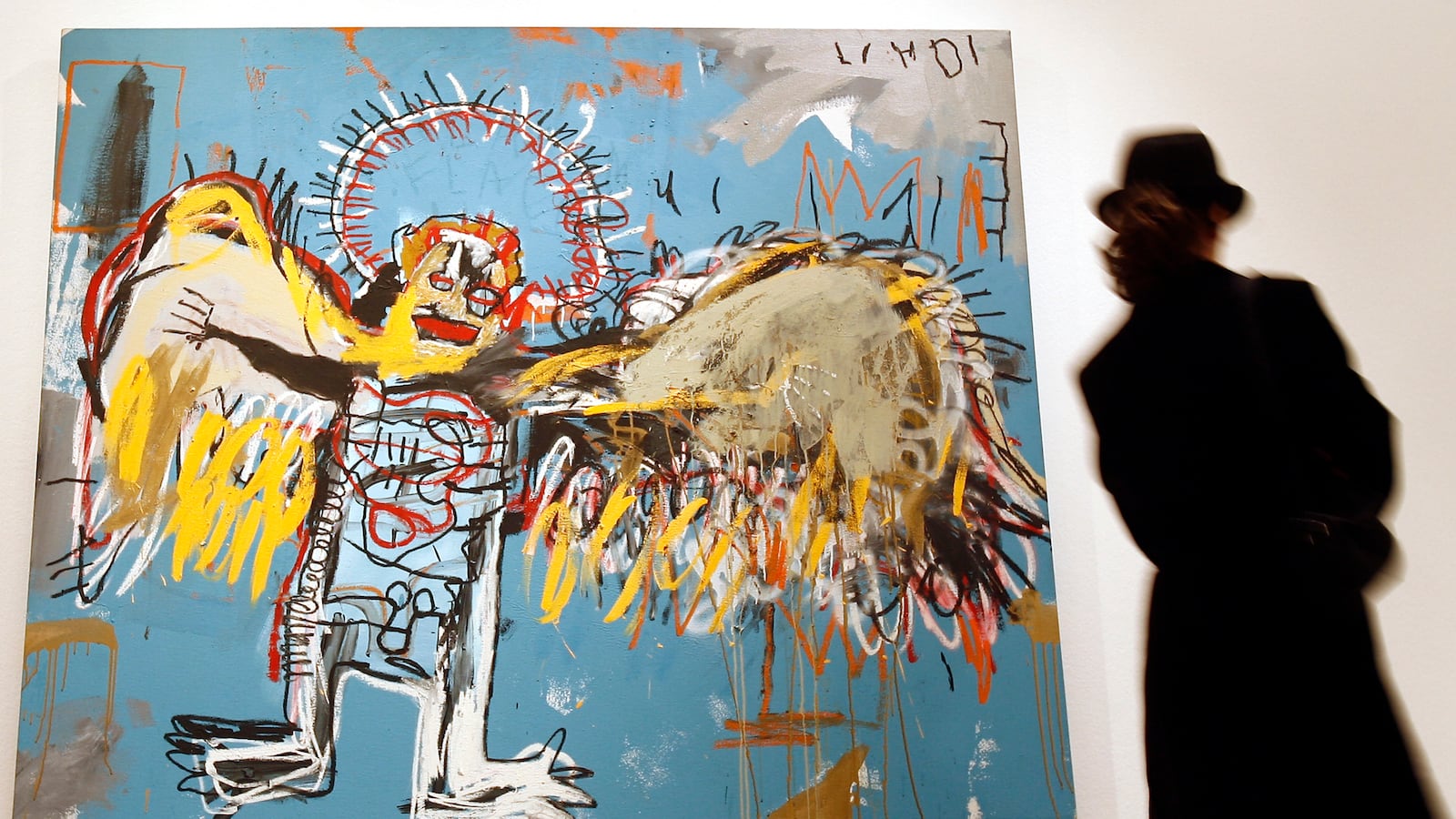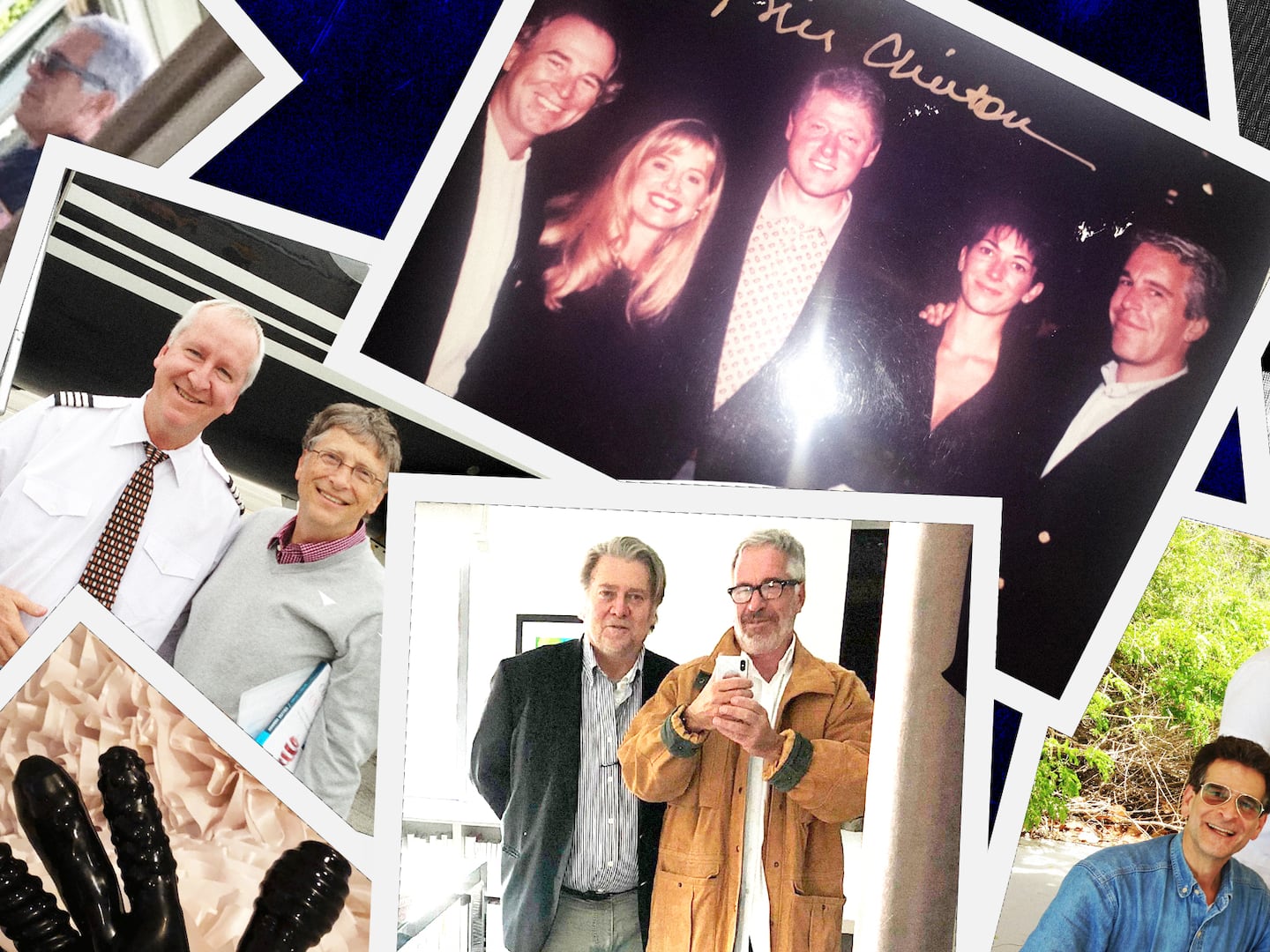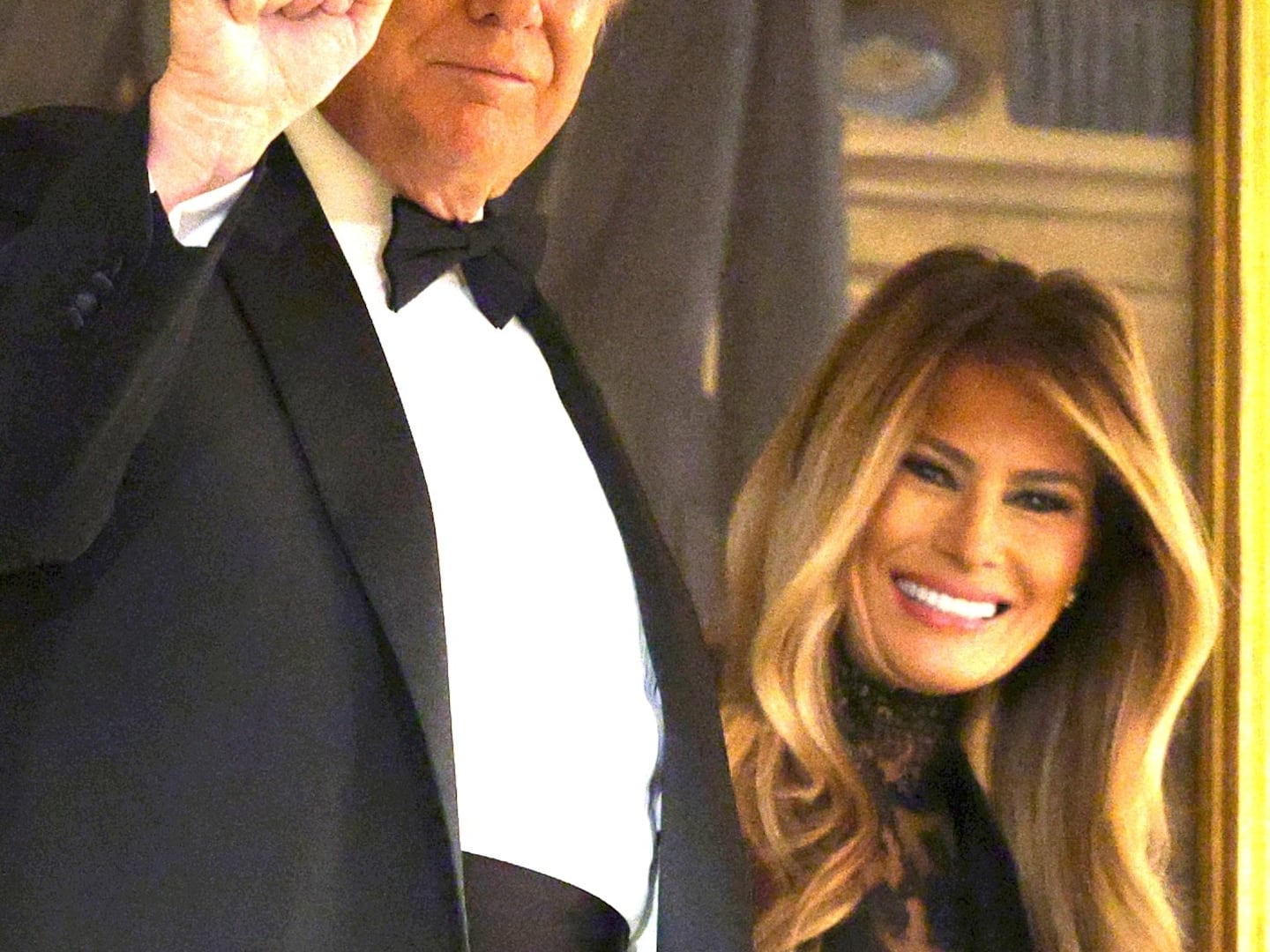Joseph Nahmad had mounted a few shows in downtown Manhattan, but he describes “Deep Space,” the group show he and Nemo Librizzi put on in November 2012, as his “first real exhibition.” Their original intention had been to display works by Jean-Michel Basquiat alongside three relevant street artists. But that plan was abandoned. Librizzi, son of the veteran private dealer Rick Librizzi, and himself a curator deft at making connections, says, “It just got too complicated.” Instead, work by Roberto Matta headlined “Deep Space,” juxtaposed with pieces by graffiti artists Futura, Phase II, and Rammellzee.

A year later, in November 2013, Nahmad opened his first uptown gallery Nahmad Contemporary at 980 Madison, an address he shares with Gagosian and Adam Lindemann’s Venus Over Manhattan. And he is now showing Basquiats. His fourth show in the space, “Poetics of the Gesture,” which opens on Friday, is an exhibit of drawings by Basquat, Cy Twombly, and Egon Schiele. It is in keeping with the arcane economics of the art world that none of the work in this show, which was curated by Dieter Buchart, is for sale.
It’s very much a Basquiat moment. The show at Nahmad Contemporary is one of two opening this week that center on his work. Another show of Basquiat drawings opens Thursday at nearby Acquavella. While he was belittled by some in his lifetime as just a trendy Warhol acolyte—a piece by the late Robert Hughes appeared after the artist’s death in The New Republic headlined “Requiem for a Featherweight” —Basquiat shows following his death in 1988 have ranged from one at the Fondation Beyeler in 2010 to the utterly convincing show at Gagosian last year. He’s surely ranked heavyweight now.
And it is rather a Nahmad moment, too. A family of Sephardic Jews, originally from Aleppo, Syria, the Nahmads moved to Beirut, then variously to Switzerland and New York, where the family is headed by Joseph’s father, David. They have become the most successful family of art dealers in the world and they have done so in a somewhat Warren Buffet-fashion, buying up blue chip art, especially when the works seemed under-valued during one of the collective frights which regularly grip the market. Now their holdings of upwards from 3,000 artworks, mostly paintings kept in a Swiss warehouse, together with their core collection of 2-to-300 museum-quality works, are said to be worth at least $3 billion.
Sales—and the core collection is not for sale—have usually been through two family galleries, Helly Nahmad in New York, named for Joseph’s elder brother, and the slightly older gallery, named for a cousin of the same name, Helly Nahmad in London.
The Nahmads mostly collect and deal in late 19th and 20th century modernist pieces, so they have largely stuck to the secondary market.
Thus for all their heft and their extraordinary resources, they have never been part of the edgy, media-drenched action that ever increasingly surrounds the art market, especially, but by no means exclusively, in Contemporary art. That is the domain where Larry Gagosian is the totemic power, albeit jostled by the likes of Pace, Hauser & Wirth, and David Zwirner. It is perhaps irrelevant that David Nahmad is a skilled gambler, indeed he was the 1996 winner of the World Backgammon Championship in Monaco, and that both his sons have gambled, Joseph in preparation for the business of dealing. What is significant is that the Nahmads seem to be moving toward the main art world action.
One signal was the 2011 show at Helly Nahmad, New York pairing Soutine and Bacon and curated by Maurice Tuchman and Esti Dunow. This, like Gagosian’s Bacon and Giacometti show a few years before, was the kind of “serious” show you would once have expected from a museum. Its intentions were underlined by the fact that little to nothing was actively for sale and that the gallery space within the Carlyle hotel was thoroughly rebuilt for the event. And now, the action is now centered on Nahmad Contemporary.
One of Joseph’s own first shows at his newest gallery was a feat of curation on the lines of the Soutine/Bacon show, except multi-generational, partnering three Europeans, Alberto Burri, Lucio Fontana, and Cesar with several artists from a Red Hook, Brooklyn collective, the Still-House Group.
“The show’s motif was destruction,” Nahmad says. “It was Fontana, the slashing of the canvas…Burri, with the burning of the plastic…Cesar with the compression of the vehicle. And with Still-House it was the act of striking the match…the photographs of flames…the violent implosion of the oil barrels. So there was a strong curatorial connection.”
These multi-generational shows aren’t exactly new. But they seem to fulfill a need for establishing lines of descent in an ever more over-populated art world.
“We’re a young gallery,” Nahmad says. ‘That’s obviously one of the angles, mixing artists from different generations, that fascinates me. But I’m not obviously going to limit myself to that. Or to anything. I hope that the program can be as flexible as possible. Emerging artists, mid-career, super well-established, modern masters…”
The new show is fantastic. Basquiat’s drawings are powerful and remarkably various, working well with both the Twomblys and the Schieles, which can seem at one moment like the mutant offspring of Toulouse-Lautrec. But then, with their contorted physiques and feral grimaces they speak directly to the Basquiats. One piece particularly caught my eye. A relatively placid Basquiat—a young man lies on his bed in a Rome hotel—hangs between two reclining female Schieles whose most active parts would seem to be their ravenous crotches. The Twomblys, which might appear settled in more sedate company, here writhe and twitch.
“Basquiat had a Twombly book in his studio,” Nahmad says. “And his friends from the day have said he was very well aware of Schiele. I’m not making a comparison between Schiele and Twombly. Beside the fact that they are two of the greatest draughtsmen of the twentieth century. And that they are so effortless in their line and their drawing.
“With Schiele and with Basquiat, the first comparison is that they both lived short lives—Schiele dying at 29, Basquiat at 27—and had untimely deaths. And they both were equally as prolific. Great draftsmen. Good painters with a draftsmanship quality in their painting. And they were both these libertine figures during their lives. They both had mentors. Basquiat’s mentor was Warhol and Schiele’s was Klimt. And, you know, there’s this sense of innocent energy in their work.”
After leaving 980 on that first visit to Nahmad Contemporary, I crossed the street and dropped into the Helly Nahmad Gallery. It was chockablock with good stuff. Several Miros, two Calders, a choice Alberto Burri wrapped in crinkly black plastic. Helly Nahmad walked in as I was leaving. “You should look at my brother’s gallery,” he told me.
I said I had just been there.
“It’s going to be a fantastic show,” he said. “You have to go to the party.”
Helly Nahmad had been forthcoming when I was working on a piece about the absconded – and still missing – dealer, Michel Cohen a few years back. He now struck me as valiant. Two days before the show opened, he was sentenced to a year and a day.
But he was right about the show. With “Poetics of the Gesture,” Nahmad Contemporary proves it is a fresh face at the table. And it freshens up the pot.






